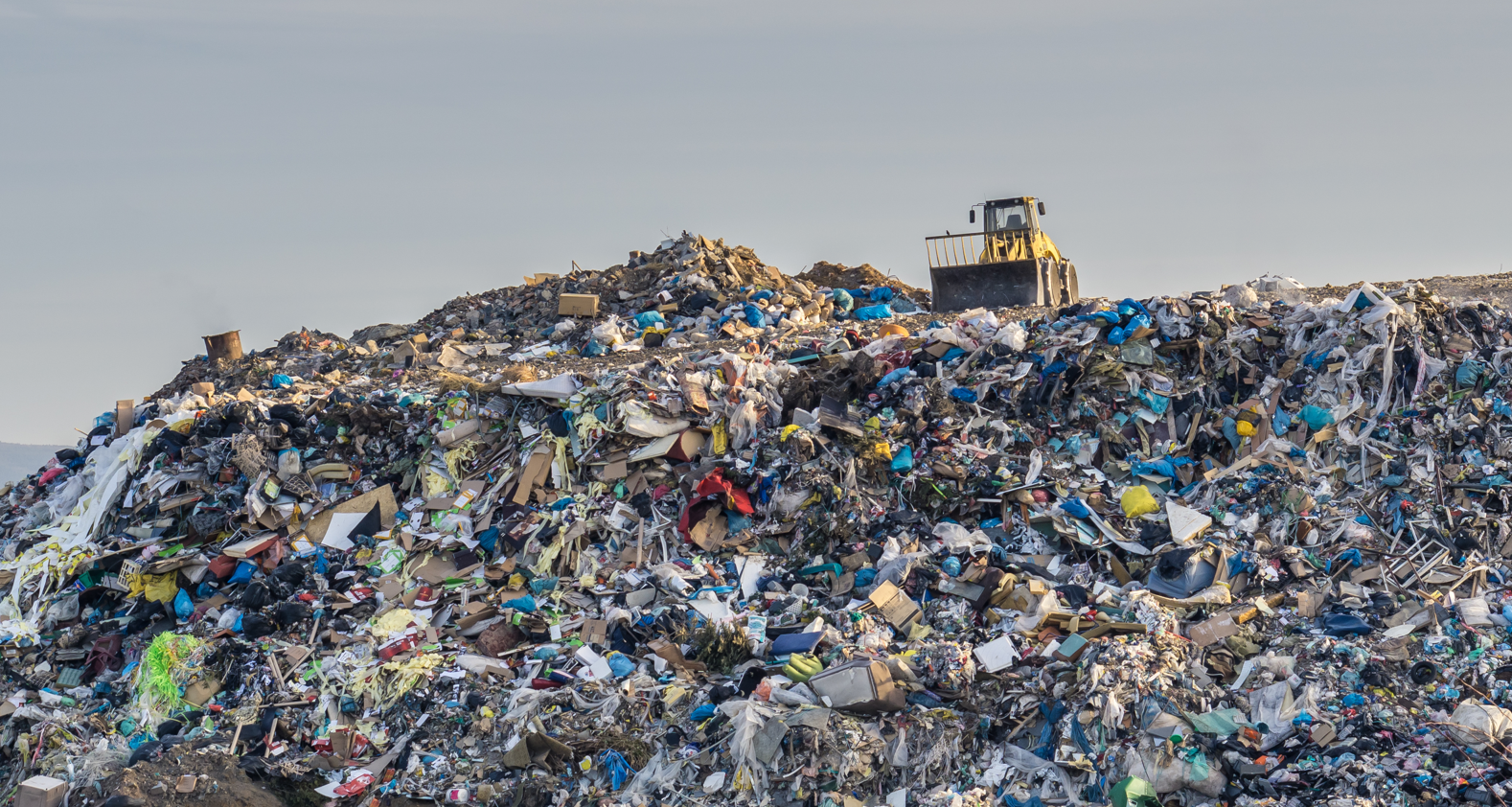
Researchers from Tsinghua University in China found that just 9% of the 437 million tonnes of plastic produced in 2022 came from recycled sources, despite growing public awareness and decades of recycling efforts. The vast majority of new plastics continue to be made from virgin fossil-fuel-based materials, entrenching what campaigners describe as a "critical enabler" of both the plastic and climate crises.
Describing plastic as "fossil fuels in another form," the authors warn that surging production levels — coupled with stagnant recycling rates — pose an increasingly urgent environmental challenge. Their findings, published in Communications Earth & Environment, call for a fundamental rethink of how plastic is produced and managed.
"Recycling alone is not a viable solution," said Quanyin Tan, co-author of the report. "We need to dramatically cut the production of virgin plastics."
Despite widespread sorting and collection efforts, only about 38 million tonnes of plastic waste — out of an estimated 75 million tonnes — is actually recycled each year. Contamination, material diversity, and inadequate infrastructure are all cited as major barriers.
In many cases, virgin plastic is simply cheaper to produce than recycled alternatives, especially when oil prices are low — undermining incentives to invest in circular systems.
A shift from landfill to incineration
While the global recycling rate has plateaued, disposal methods are changing. The share of plastic waste going to landfill has dropped to 40%, down from previous years, while incineration has grown to 34%. Countries such as Japan, China and EU member states now burn a significant proportion of their plastic waste, often in the name of energy recovery.
But burning plastic comes with serious trade-offs. "Incineration releases toxic pollutants and greenhouse gases," said Jinhui Li, another of the study's authors. "Advanced treatment and strict regulation are necessary — and not always guaranteed."
The US falls behind
The United States, which has one of the highest rates of plastic consumption per person, also has one of the lowest recycling rates — a mere 5%, the study notes. The situation has worsened since China's 2018 ban on plastic waste imports, which left many Western countries scrambling to find new destinations for their waste.
A separate investigation last month linked several major consumer brands to plastic packaging sourced from fracking operations in the Permian Basin — an oilfield described by campaigners as a "carbon bomb."
A call for global action
The report comes as negotiations continue toward a legally binding international treaty on plastic pollution. Talks stalled in December but are due to resume in Geneva this August.
Researchers say their work provides a critical, data-driven view of the plastic lifecycle — and could help inform a treaty that goes beyond recycling rhetoric and addresses upstream production.
According to the study, 98% of virgin plastics produced in 2022 were made from fossil-derived feedstocks: 44% from coal, 40% from oil, and 8% from fossil gas.
Campaigners are urging negotiators to focus on curbing new plastic production. "We cannot recycle our way out of this," said Delphine Lévi Alvarès of the Center for International Environmental Law. "Plastics are the fossil fuel industry's Plan B. The only meaningful solution is to turn off the tap."